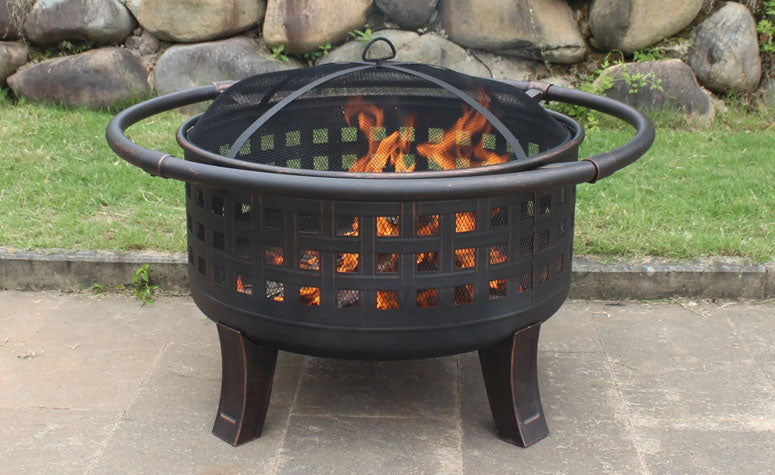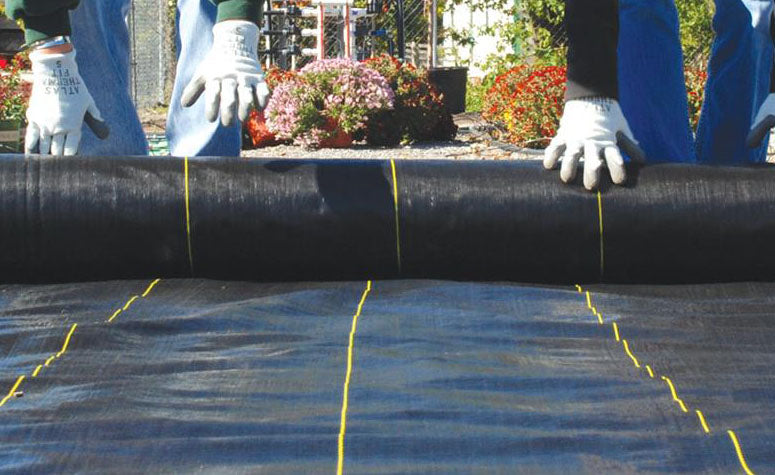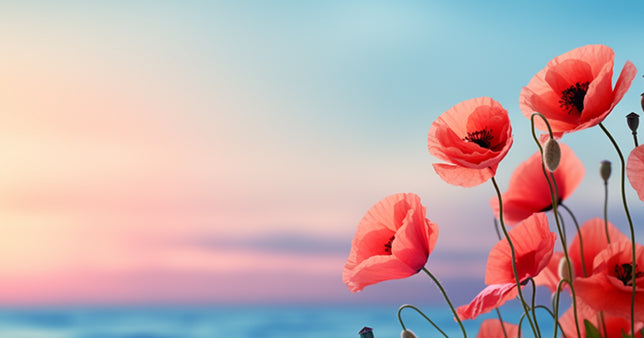Shade cloth has many uses, applications, and advantages. For those considering your covering options for whatever setup you may have, it's worth noting that it differs (as might be obvious by it's name) from another alternative, greenhouse film, in that it's only meant to provide shade to a structure or area while film is meant to completely enclose a greenhouse and limit the external factors and weather from getting in.
Gardens & Greenhouses
For gardens and greenhouses in a lot of areas, shade cloth is almost a necessity during your hotter months, though it's beneficial for just about any and all climates. The reduction in intense sun and heat radiation can help promote better plant growth, reduce plant stress, and reduce watering and/or moisture loss (and, as a result, the need for excess watering).
You would need to choose a density that still allows enough sun to be productive with plant growth which is usually around 30-50% blockage. There are also specialty materials like Aluminet that have performance advantages such as actually reflecting light and heat as well as light diffusion for a softer, more even, distribution of light underneath.
Of course, not all plants are the same, and shade density will vary based on what you are growing. For a quick 'cheat sheet' of what kinds of density to consider for popular plants, you can reference the below:
| Density | Plants |
| 30% | Asters, Chrysanthemums, Geraniums, and Snapdragons |
| 40% | Bedding Plants, Gloxinias, Herbs, Iris, Lilies, Vegetables |
| 50% | Bromeliads, Ficus, Orchids (Dendrobiums, Epidendrums, Vandas) |
| 60% | Orchids (Oncidiums, Phalaenopsis) |
| 70% | Ferns, Orchids (Cypripediums), Philodendron |
| 80% | Ginseng |
| 90% | Aglaonema |
Still not sure what density to consider for your setup, give our team a call and let's work through the option that will work best!
Personal Comfort
Shade cloth can be used to shade patios, pergolas, yards, pool areas, or anywhere you may want to enjoy in the outdoors but where the sun is just too harsh. For these types of settings, 70-90% blockage is usually preferred and we do offer color options for when aesthetics and the look are being considered.
Overall
For all applications we offer, we recommend shade cloth to be purchased with a reinforced taped edge and brass grommets. This is the easiest way and provides the most options for installation. Since shade cloth is very strong despite being light weight, it doesn't require a substantial structure underneath to support the material.
Regardless of density, all shade cloth is very porous and will allow water to pass right thru. This will prevent ponding or puddling of water on top of any shade cloth. As far as overall protection, shade cloth's primary purpose (as the name suggests!) is shade, so it's important to understand it's limitations if protection is your primary need. For instance, anti-hail netting can provide a minimal amount of shade while still being intended to protect crops from minor hail damage, or film may be desired for more severe weather protection as mentioned above.
Shade cloth carries a very good UV degradation warranty at 8 years on our black material and 5 years for all other colors.
- Ryan N., Greenhouse Megastore Team


